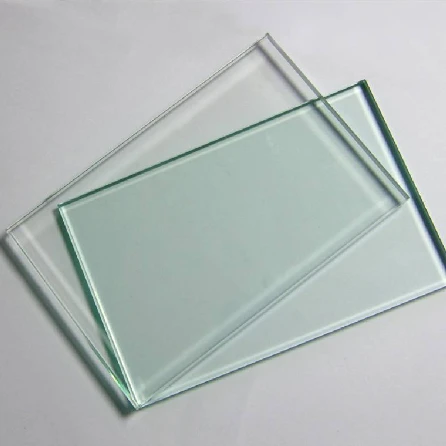

Understanding Soft Coat Low E Glass Enhancing Efficiency and Comfort
In the modern world, energy efficiency and environmental sustainability are more critical than ever. This has led to significant innovations in construction materials, specifically in glazing technologies. One such advancement is Soft Coat Low E Glass, which plays a vital role in enhancing energy efficiency in buildings while providing superior comfort to occupants. This article explores what Soft Coat Low E Glass is, how it works, its advantages, and its applications.
What is Soft Coat Low E Glass?
Low Emissivity (Low E) glass is designed to reduce the amount of infrared and ultraviolet light that comes through glass without compromising the amount of visible light that is transmitted. Soft Coat Low E glass is produced by a process known as magnetron sputtering, which involves depositing a thin layer of metal oxide onto the glass surface. This layer is delicate and provides better performance in terms of energy efficiency compared to its counterpart, Hard Coat Low E glass.
How Does Soft Coat Low E Glass Work?
The functionality of Soft Coat Low E Glass lies in its ability to reflect heat back to its source. In colder months, the glass reflects the interior warmth back into the building, reducing heating costs and enhancing comfort. During hotter months, it reflects external heat away, thus minimizing the need for air conditioning. This duality provides a year-round advantage, making buildings more comfortable and reducing energy consumption.
The unique construction of Soft Coat Low E glass allows for excellent visibility while filtering out harmful solar radiation. This not only protects indoor furnishings from fading but also reduces glare from sunlight. The glass can achieve a desirable balance of light transmission and thermal performance, making it ideal for various architectural applications.
Advantages of Soft Coat Low E Glass
1. Energy Efficiency One of the most significant advantages of Soft Coat Low E glass is its energy efficiency. It helps maintain stable indoor temperatures, which can lead to reduced heating and cooling costs. Buildings equipped with this type of glass often achieve lower energy ratings, making them more attractive in a market that increasingly values sustainability.

2. UV Protection The thin coating in Soft Coat Low E glass effectively blocks harmful ultraviolet rays. This protection helps prevent damage to carpets, furniture, and artwork, extending the lifespan of these items and maintaining the aesthetics of interior spaces.
3. Comfort By regulating indoor temperatures, Soft Coat Low E glass contributes to a more comfortable living or working environment. It helps eliminate cold drafts in winter and minimizes heat gain in summer.
4. Enhanced Aesthetics Soft Coat Low E glass provides a clear, unobstructed view, making it an aesthetically pleasing choice for both residential and commercial buildings. Its transparency allows natural light to flood the interiors without compromising thermal performance.
5. Environmental Impact By lowering energy consumption, Soft Coat Low E glass contributes to reducing greenhouse gas emissions. Its production process can also be more environmentally friendly compared to traditional glass manufacturing techniques.
Applications of Soft Coat Low E Glass
Soft Coat Low E glass can be used in various applications. It is perfect for residential buildings, particularly in energy-efficient homes that aim for minimal environmental impact. Additionally, commercial buildings, office spaces, shopping malls, and educational institutions can benefit from its thermal performance, enhancing occupant comfort and reducing operating costs.
Furthermore, the glass is often used in high-performance window systems, curtain walls, and skylights, ensuring that modern architectural designs can incorporate large glass surfaces without sacrificing energy efficiency.
Conclusion
In conclusion, Soft Coat Low E glass represents a significant advancement in glazing technology. Its energy-efficient properties, UV protection, aesthetic appeal, and comfort-enhancing capabilities make it an ideal choice for modern construction. As the demand for sustainable building solutions continues to grow, Soft Coat Low E glass is poised to play a vital role in shaping the future of architecture and design. Embracing this innovation not only optimizes building performance but also contributes to a more sustainable and comfortable environment for all.